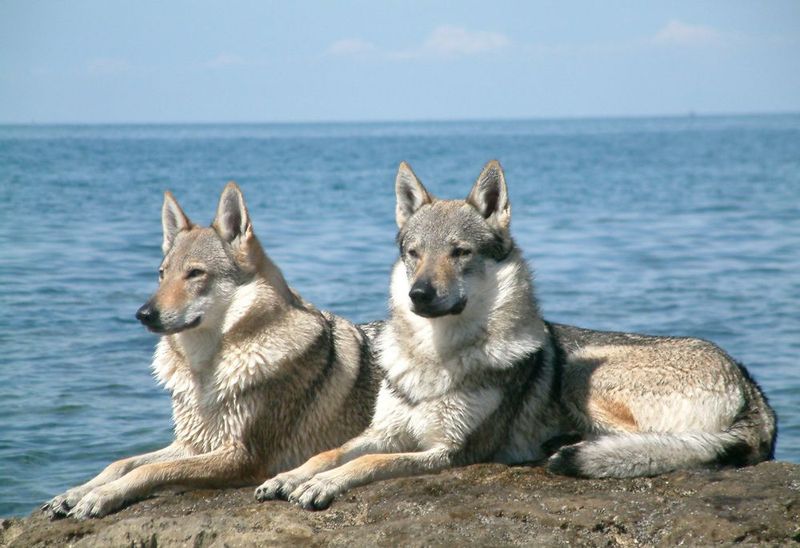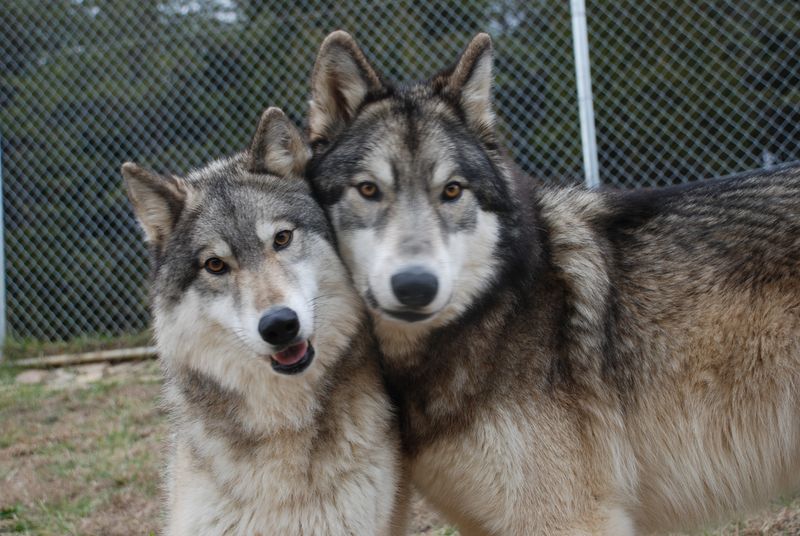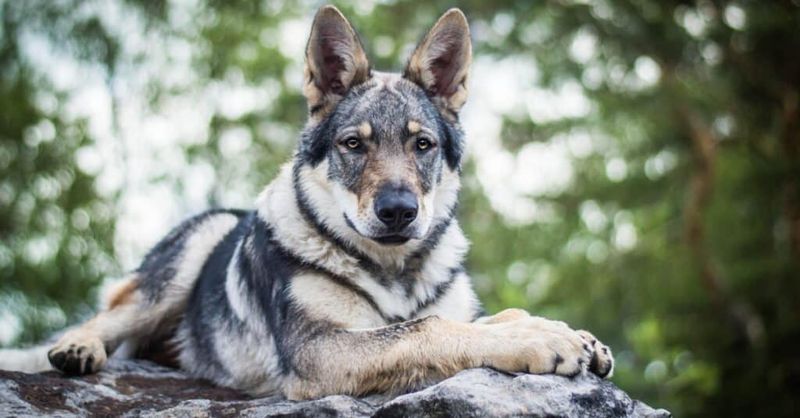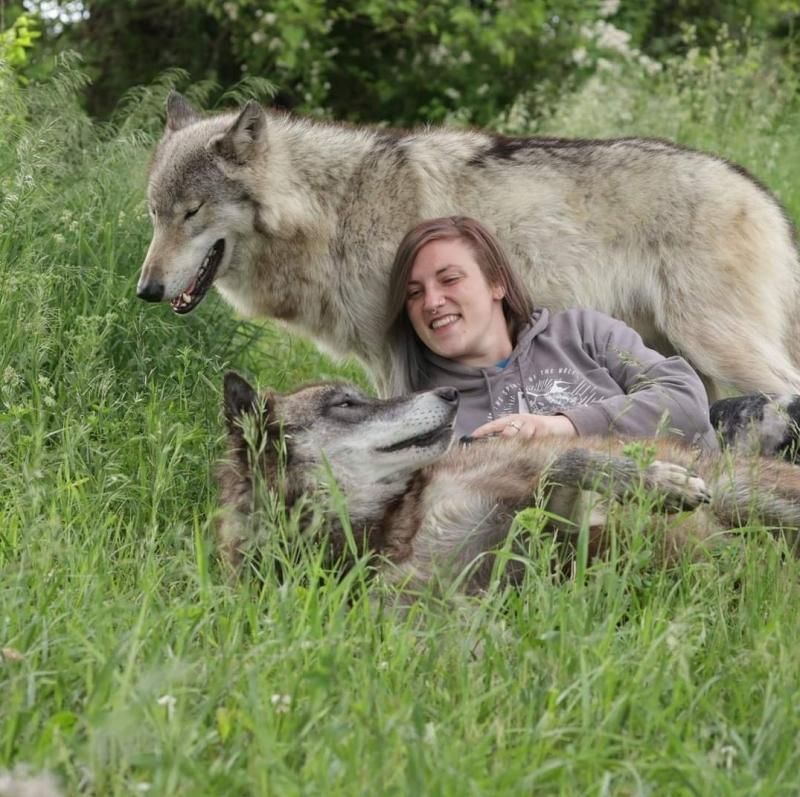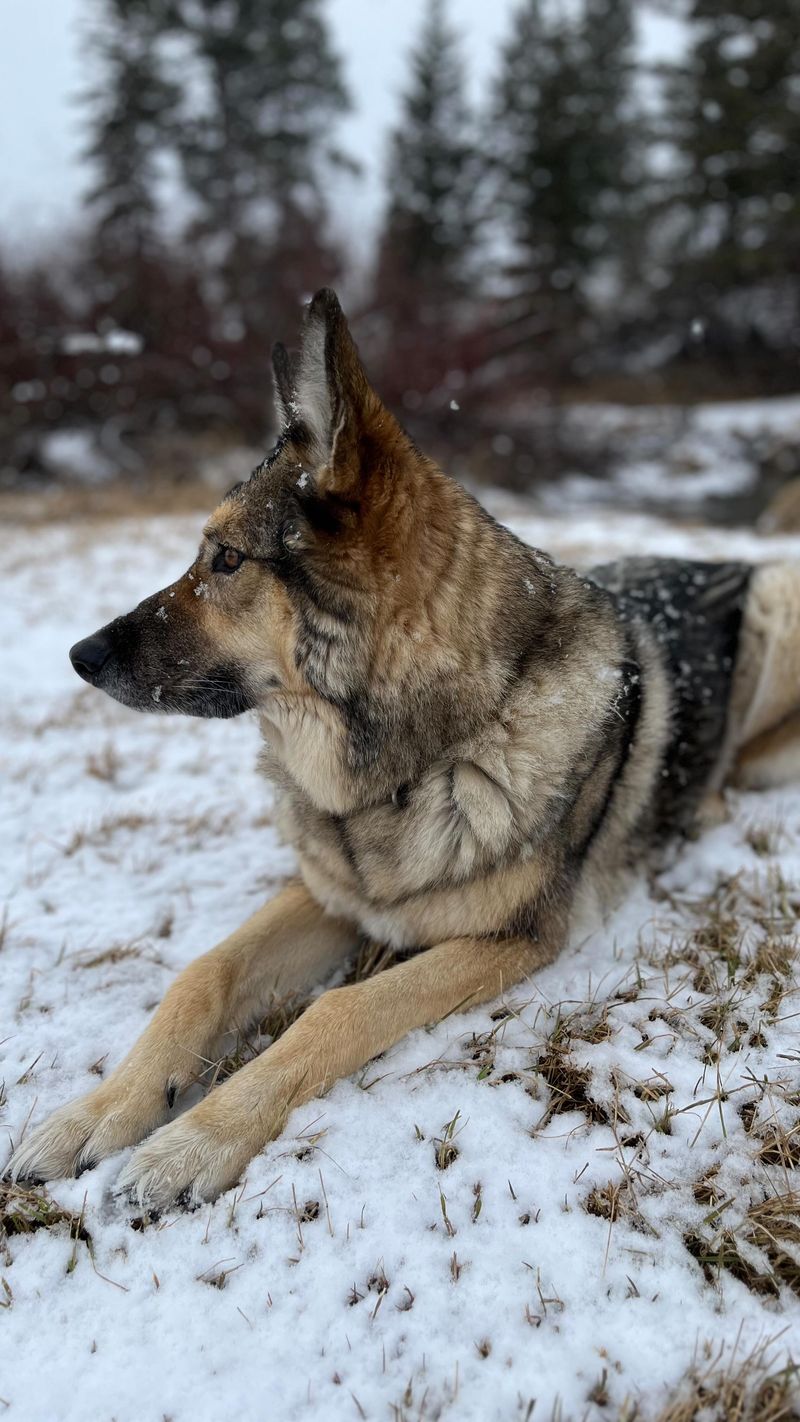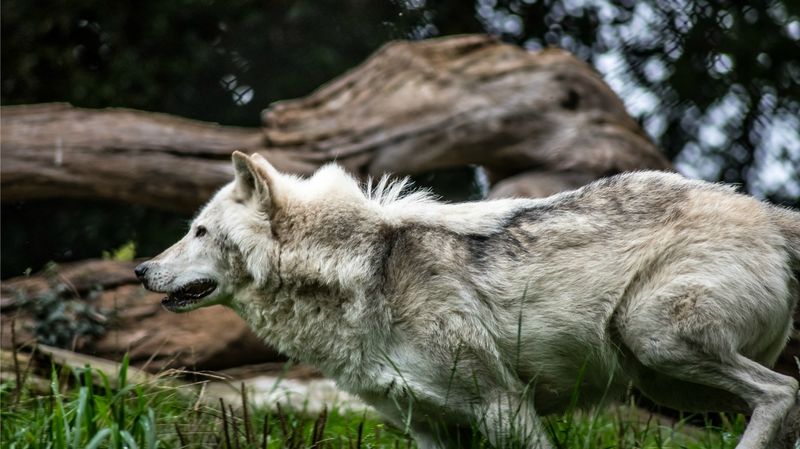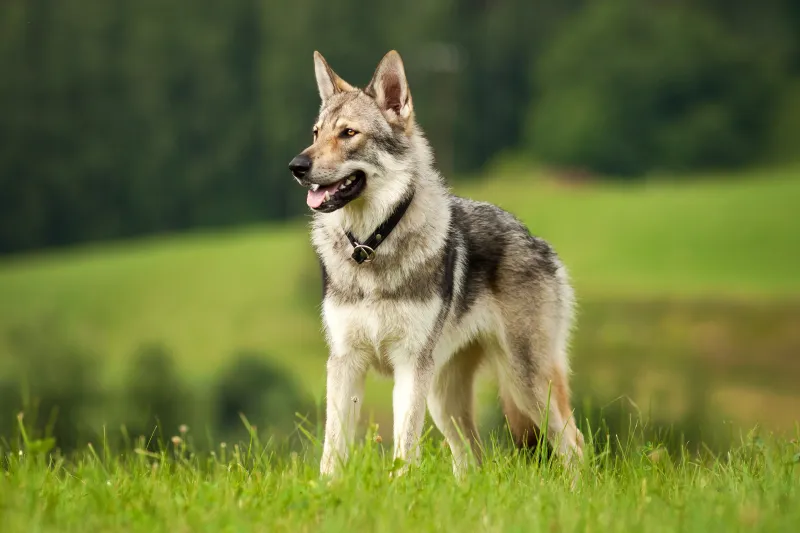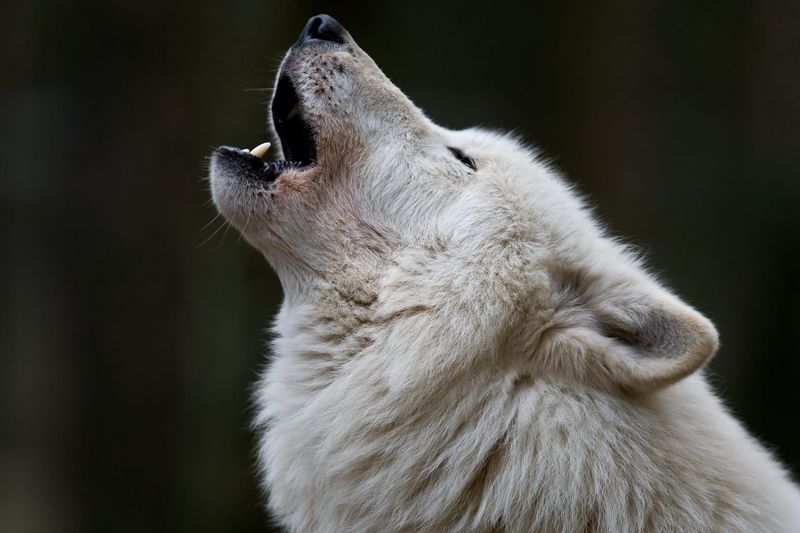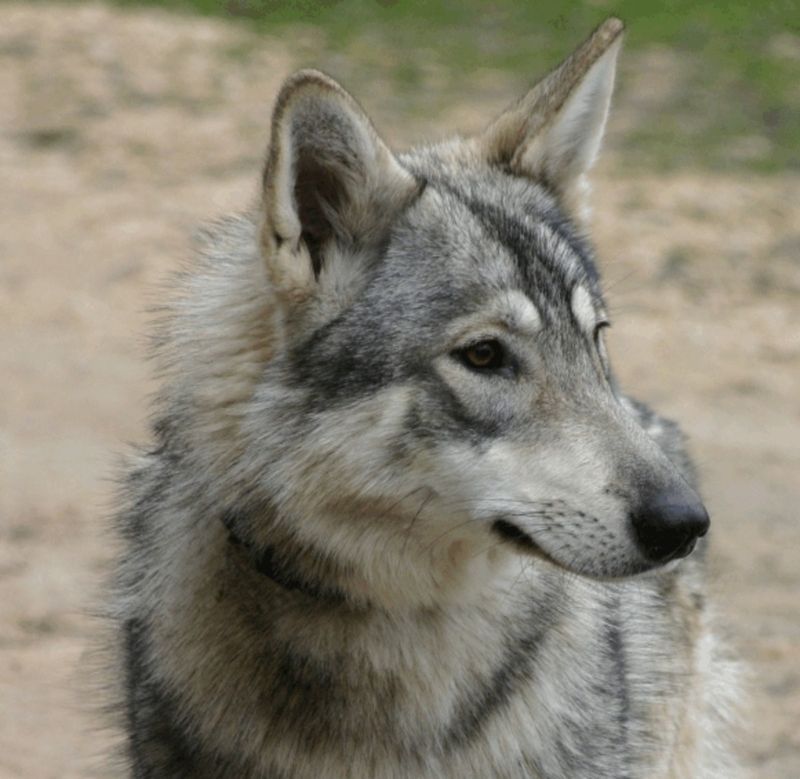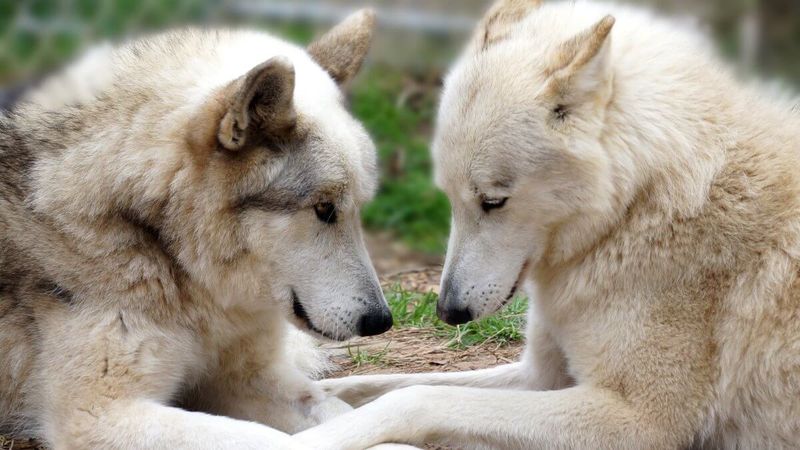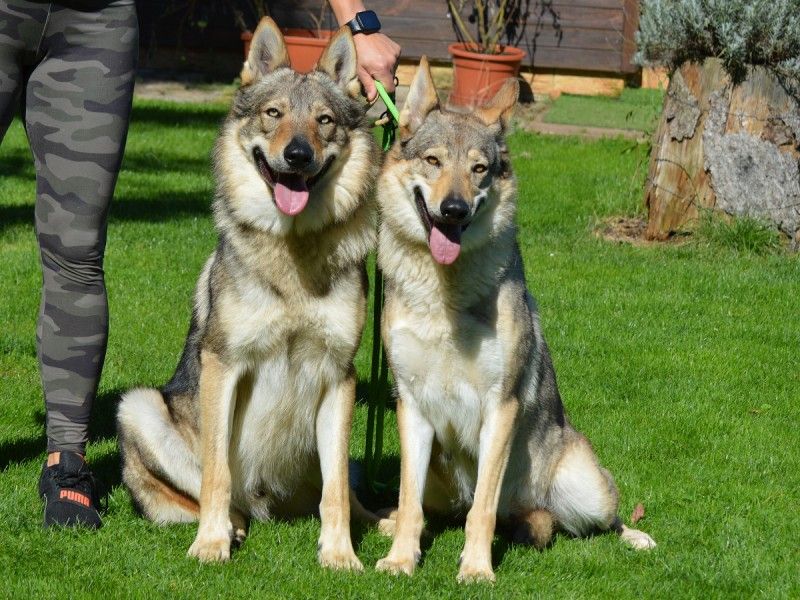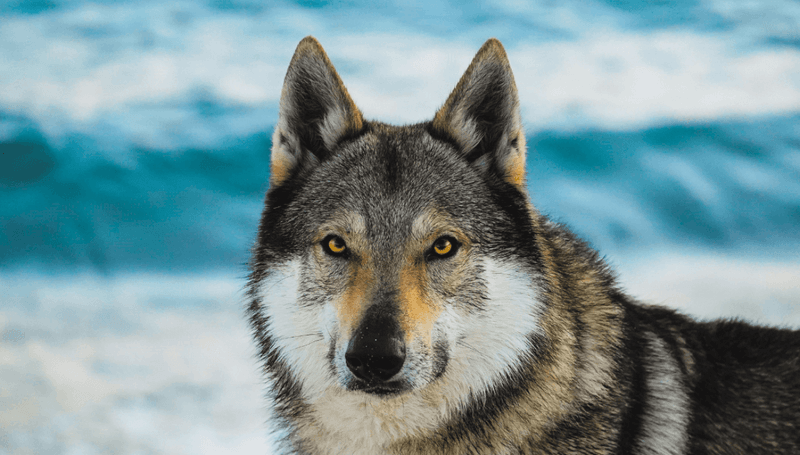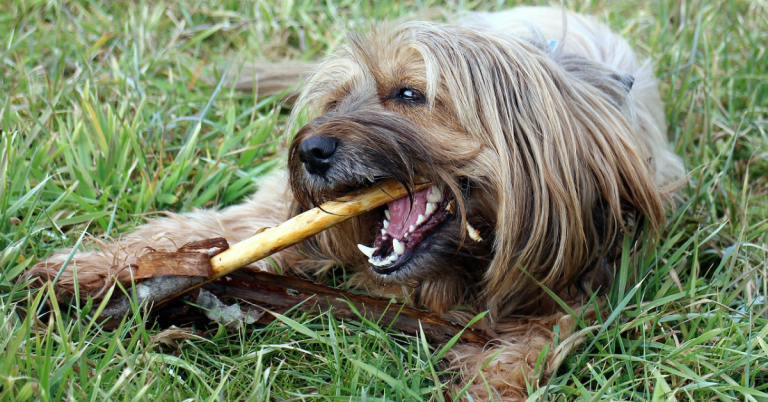Before You Fall for the Wolfdog’s Wild Beauty, Here Are 15 Things You Need to Know
There’s something undeniably magnetic about the wolfdog. With their piercing eyes, wild grace, and primal presence, these part-wolf, part-dog hybrids awaken a deep, ancient fascination within us. They look like they stepped out of a myth or a frozen forest, carrying the soul of the wilderness into our modern lives.
For many, owning a wolfdog feels like an invitation to touch the wild, without leaving the backyard. But that allure comes with serious responsibilities, often overlooked by those seduced by their striking appearance.
Wolfdogs are not just exotic-looking pets or oversized Huskies with a mysterious twist. They are complex creatures driven by instincts that no amount of training can fully tame. Owning one isn’t just about feeding and walking—it’s about adapting your life to the rhythms of an animal that still listens to the call of the wild.
From their intense need for space and specialized diets to their unpredictable behavior and escape artistry, wolfdogs challenge every conventional idea of pet ownership.
Too many prospective owners fall for their beauty and end up overwhelmed by their demands. Shelters and rescues are full of abandoned wolfdogs whose humans weren’t prepared for the reality. That’s why it’s not only important, but essential, to educate yourself before making the leap.
This guide isn’t meant to scare you away. It’s here to offer the raw truth, unfiltered and upfront. Because if you’re going to share your life with an animal as wild and wonderful as a wolfdog, you need more than love—you need knowledge, commitment, and respect.
So before you follow your heart into the forest, take a moment to step back and learn what it really means to live alongside the wild.
1. Legal Status Varies by Location
Many states and counties have specific laws regarding wolfdog ownership. Some places ban them completely, while others require special permits or have restrictions based on the percentage of wolf content. The legal landscape is constantly changing too.
Research your local regulations thoroughly before considering a wolfdog. Moving to a new location might mean giving up your pet if the laws differ. Penalties for illegal ownership can include fines, criminal charges, and having your beloved pet confiscated and possibly euthanized.
2. Wolf Content Percentages Matter
Wolfdogs are categorized as low, mid, or high content based on how much wolf genetics they possess. A low-content wolfdog might be 1-49% wolf, behaving more like a dog, while high-content animals (85%+ wolf) display predominantly wild behaviors.
The percentage affects everything from appearance to temperament. Higher content means more wolf-like behavior: more independent, less trainable, more prey drive. First-time owners should never start with high-content animals.
Remember that these percentages aren’t just academic distinctions—they determine what kind of life you’ll share with your wolfdog.
3. Prepare for Serious Containment Needs
Wolfdogs are escape artists extraordinaire. Standard backyard fences won’t cut it—you’ll need specialized containment systems that are both tall and dig-proof. Minimum requirements include 8-foot fences with dig guards extending at least 2 feet underground.
Some owners install hot wire at the top and bottom of enclosures. Remember that wolfdogs can jump incredible heights and dig with determination when motivated. Their intelligence means they’ll find weak points in your setup.
The enclosure should cover a minimum of 1,000 square feet per animal, preferably much more to allow proper exercise and mental stimulation.
4. Diet Goes Beyond Dog Food
Forget about tossing down a bowl of kibble. Wolfdogs require specialized nutrition that mimics their wild counterparts’ diet. Most owners provide a carefully balanced raw food diet including muscle meat, organ meat, bones, and some vegetation.
Commercial dog foods typically don’t meet their nutritional needs. High-content wolfdogs may refuse processed foods entirely. Their digestive systems aren’t identical to domestic dogs, requiring more protein and different nutrient ratios.
Expect to spend significant time sourcing appropriate foods and more money than traditional dog diets. A proper feeding program might cost $150-300 monthly, depending on your wolfdog’s size.
5. Socialization Doesn’t Guarantee Friendliness
Unlike dogs, which have been selectively bred for sociability with humans, wolfdogs retain much of their wild ancestors’ natural wariness. Even with extensive socialization from puppyhood, many wolfdogs will never be comfortable with strangers.
They typically form strong bonds with their immediate family but remain cautious or even fearful around unfamiliar people. This isn’t a training failure—it’s their natural instinct. Some may never enjoy being petted by anyone outside their trusted circle.
Forcing social interactions can trigger fear responses ranging from hiding to defensive aggression. Respect their boundaries rather than expecting dog-like sociability.
6. Expect Destructive Behaviors Indoors
Wolfdogs aren’t typically suited for life as house pets. Their natural behaviors include digging, chewing, marking territory, and rearranging their environment—all disastrous inside a home. A bored wolfdog can destroy furniture, tear through drywall, and dismantle appliances with shocking efficiency.
Even low-content animals often shred couches, dig up carpet, and counter-surf with determination. Crate training usually fails because their wild instincts make confinement extremely stressful, often leading to self-injury as they attempt escape.
Most successful wolfdog owners create indoor-outdoor setups with secure outdoor space and limited, supervised indoor time.
7. Traditional Training Methods Often Fail
Forget about obedience school graduation. Wolfdogs respond poorly to dominance-based training and aren’t naturally eager to please humans like domestic dogs. Their independent nature means commands like “stay” or “come” might be seen as optional suggestions rather than requirements.
Successful wolfdog handling relies on relationship-building and respect rather than obedience training. Positive reinforcement works better than punishment, but don’t expect consistent compliance. Many owners describe it as “negotiating” rather than commanding.
Basic safety commands are possible but require patience, consistency, and understanding that your wolfdog may never achieve the reliability of a domestic dog.
8. Seasonal Behavior Changes Can Be Dramatic
Wolfdogs undergo pronounced seasonal changes that often surprise unprepared owners. During spring and fall, they “blow their coat,” shedding massive amounts of fur that can fill multiple garbage bags. Hormonal fluctuations trigger behavior shifts, too.
Males become more territorial during breeding season, while females experience heat cycles unlike spayed domestic dogs. Many wolfdogs become more energetic and escape-prone during winter months, reflecting their wild ancestors’ natural patterns.
Some display seasonal food changes, eating more in fall and less in spring. These natural cycles can’t be trained away—they’re hardwired biological responses that owners must adapt to rather than fight against.
9. Veterinary Care Presents Special Challenges
Finding a vet willing to treat your wolfdog might be harder than you think. Many veterinarians lack experience with wolf hybrids or refuse to treat them due to liability concerns or local regulations. Those who do often charge premium rates.
Wolfdogs typically require specialized anesthesia protocols and may react differently to medications than dogs. Their natural fear of strangers makes vet visits highly stressful, sometimes requiring sedation just for basic examinations.
Responsible ownership means locating an experienced exotic animal vet before getting your wolfdog and establishing a relationship early. Preventative care becomes crucial since emergency situations can be nearly impossible to manage.
10. Prepare for a Long-Term Commitment
Wolfdogs typically live 12-15 years, making them a significant long-term commitment. Unlike dogs, which can be rehomed if circumstances change, finding new homes for wolfdogs is extremely difficult due to their specialized needs and legal restrictions.
Wolfdog rescues operate at maximum capacity with long waiting lists. The sad reality is that many wolfdogs are euthanized when owners can no longer keep them. Before bringing one home, honestly assess whether your living situation, finances, and lifestyle can accommodate their needs for their entire lifespan.
Consider what would happen to your wolfdog if you faced health problems, relationship changes, or needed to relocate.
11. Howling Will Become Your Soundtrack
That haunting sound in wolf documentaries? It’ll be coming from your backyard. Wolfdogs howl to communicate, express emotions, and respond to environmental triggers like sirens or other animals. This vocalization is loud, carries for miles, and often happens at dawn, dusk, and throughout the night.
Neighbors typically find it disturbing, regardless of how beautiful you think it sounds. Some wolfdogs also engage in “group howls” where one starts and all others in the area join in, creating an impressive but neighborhood-disrupting chorus.
No amount of training will eliminate this natural behavior—it’s hardwired into their genetics and serves important social functions.
12. Prey Drive Can’t Be Trained Away
The instinct to chase and catch smaller animals runs deep in wolfdogs. This prey drive can target cats, small dogs, livestock, and wildlife—even animals they’ve previously lived peacefully alongside. A sudden movement can trigger an instantaneous predatory response that bypasses their normal behavior patterns.
Many wolfdog owners have heartbreaking stories of their hybrid suddenly killing a family cat they’d known for years. This isn’t malice or poor training—it’s instinct. Higher content wolfdogs especially struggle to override these impulses.
Responsible ownership means never leaving them unsupervised with smaller animals and understanding that prey drive management is a lifelong necessity, not a training issue.
13. Social Needs Differ From Dogs
Wolfdogs aren’t just physically different from dogs—they have unique social needs, too. While dogs have evolved to focus their social bonds primarily on humans, wolfdogs maintain stronger connections to their own kind. Many experts recommend keeping them in compatible pairs or small groups rather than as solo pets.
A lone wolfdog often becomes destructive, anxious, or depressed without canine companionship. However, introductions must be handled carefully, as adult wolfdogs can be selectively social with other canines.
Their pack mentality means they establish complex hierarchies that owners must understand and respect. Mishandling these dynamics can create serious behavior problems and relationship breakdowns.
14. Wolfdog Puppies Are Deceiving
Those adorable wolfdog puppies bear little resemblance to the adults they’ll become. Young wolfdogs often appear and behave similarly to dog puppies—friendly, playful, and relatively manageable. This misleading phase leads many owners to believe raising a wolfdog will be comparable to raising a challenging dog breed.
Around 18-24 months, wolfdogs hit maturity and their wolf traits intensify dramatically. The sweet, compliant puppy transforms as adult hormones trigger natural wolf behaviors: territory marking, increased independence, and testing boundaries.
Many wolfdogs are surrendered during this critical phase when owners realize the cute puppy has become an animal with needs they weren’t prepared to meet.
15. Breeder Selection Requires Extreme Caution
The wolfdog breeding world is plagued with misrepresentation. Many animals sold as high-content wolfdogs are actually northern breed mixes with no wolf content at all. Conversely, some breeders downplay wolf percentages to make sales easier, leaving unprepared owners with more wolf than they bargained for.
Ethical breeders are rare and typically have long waiting lists. They provide detailed lineage information, health testing, and ongoing support. They’ll also interview you extensively and may refuse the sale if your situation isn’t appropriate.
Responsible acquisition means extensive research, visiting facilities in person, and speaking with multiple previous buyers about their experiences with both the animals and the breeder.

